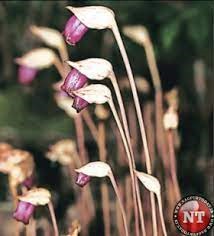Free Courses Sale ends Soon, Get It Now


Free Courses Sale ends Soon, Get It Now



Disclaimer: Copyright infringement not intended.
Context
Details
Polygonum Genus: Brief Overview
Key Points:
In summary, the Polygonum genus is a versatile group of plants with ecological, cultural, and medicinal significance. While some species contribute positively to ecosystems, others raise concerns due to their invasive tendencies and impact on native flora.
|
PRACTICE QUESTION Q. Consider the following statements regarding the Polygonum genus: 1.Polygonum species are exclusively herbaceous perennials with simple, opposite leaves. 2.Some Polygonum species are known for their invasive nature, posing ecological challenges by outcompeting native vegetation. 3.All Polygonum plants have distinct clusters of flowers with more than ten petals. 4.The cultural and medicinal uses of Polygonum plants are limited, with minimal historical significance. Select the correct statements using the codes below: A) 1 and 3 only B) 2 and 4 only C) 1 and 2 only D) 2 and 3 only Answer: C) 1 and 2 only |
© 2024 iasgyan. All right reserved